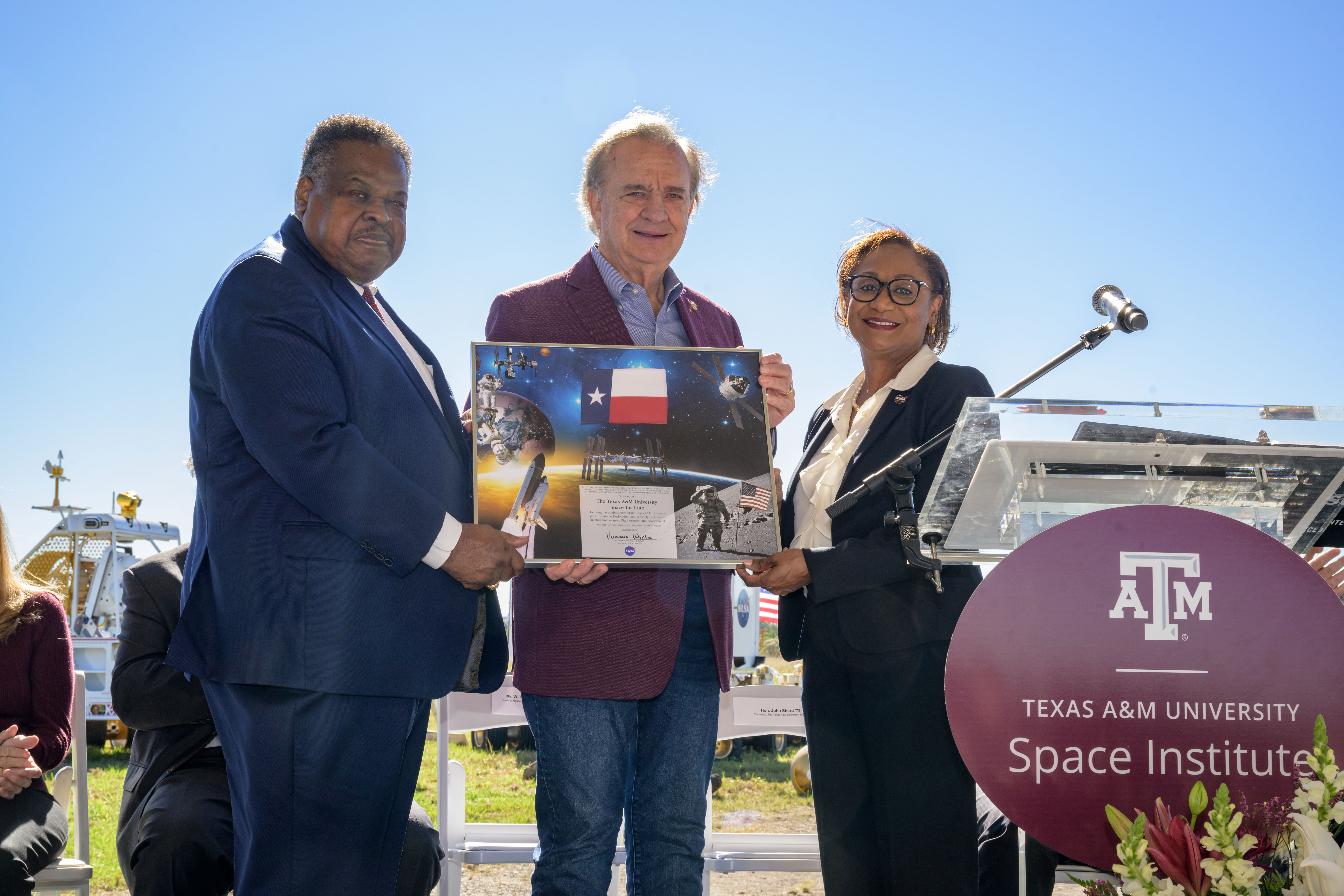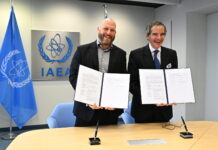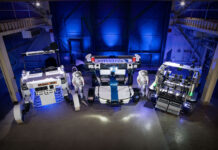Texas A&M University Space Institute: A Leap Towards the Future of Space Exploration
On November 15, 2024, a significant milestone in human space exploration was marked with a groundbreaking ceremony at NASA’s Johnson Space Center in Houston. This event heralded the inception of the Texas A&M University Space Institute, a new beacon of innovation and research in the realm of space exploration.
The Ceremony and Its Significance
The groundbreaking ceremony was attended by a host of eminent individuals, including Texas state officials, NASA leaders, and distinguished guests. The event took place near the site of the forthcoming Exploration Park at Johnson Space Center. This collaboration symbolizes a new era in which Texas A&M University and NASA will work together to push the boundaries of human spaceflight and research.
Johnson Space Center Director Vanessa Wyche emphasized the deeper implications of the ceremony: “This groundbreaking is not just a physical act of breaking ground or planting a flag,” she stated. “This is the moment our vision—to dare to expand frontiers and unite with our partners to explore for the benefit of all humanity—will be manifested.”
A Collaborative Hub for Space Innovation
The Texas A&M University Space Institute will be the inaugural tenant at NASA’s expansive 240-acre Exploration Park. This facility is envisioned as a hub for fostering commercial access, nurturing collaborative development, and bolstering the United States’ standing in the global space and aerospace industries.
The primary aim of Exploration Park is to stimulate research and technology transfer while providing a sustainable career pipeline for the Artemis Generation. This initiative also supports Texas workers transitioning into the burgeoning space economy. The park is a cornerstone of Johnson Space Center’s 2024 commitments, aligning with its mission to be at the forefront of human spaceflight and strategic partnerships.
Advancing Human Spaceflight Research
The research undertaken at the Space Institute is poised to accelerate advancements in human spaceflight. It will offer brilliant minds from around the world the opportunity to tackle the challenges associated with living and working in environments such as low Earth orbit, the Moon, and Mars. This collaborative effort aims to bring about innovative solutions and technological advancements that will make space travel more feasible and sustainable.
During the ceremony, industry leaders and NASA executives stood alongside the agency’s Lunar Terrain Vehicle and Space Exploration Vehicle. This powerful imagery underscored their commitment to fostering a spirit of innovation and collaboration in the field of space exploration.
Leadership and Vision
The event was led by Dr. Nancy Currie-Gregg, the director of the Texas A&M University Space Institute, and Dr. Rob Ambrose, the institute’s associate director. Both are seasoned veterans in the field, with Dr. Currie-Gregg being a retired NASA astronaut. Their leadership underscores the institute’s dedication to advancing space research and development.
Among the notable attendees were Deputy Director Stephen Koerner, Associate Director Donna Shafer, and Douglas Terrier, Associate Director for Vision and Strategy at Johnson Space Center. They were joined by representatives from Texas such as State Rep. Greg Bonnen and Texas A&M University System leaders, including Chancellor John Sharp and President Mark Welsh III.
A Vision for the Future
The Texas A&M University Space Institute is slated to open its doors in September 2026. It will boast the world’s largest indoor simulation spaces for lunar and Martian surface operations, complemented by state-of-the-art high-bay laboratories and versatile project rooms. This infrastructure is designed to support a wide array of research and development activities aimed at advancing human space exploration.
Wyche expressed optimism about the future, stating, “The future of Texas’ legacy in aerospace is brighter than ever as the Texas A&M Space Institute in Exploration Park will create an unparalleled aerospace, economic, business development, research, and innovation region across the state. Humanity’s next giant leap starts here!”
Implications and Broader Impact
The establishment of the Texas A&M University Space Institute represents a pivotal moment in the history of space exploration. It brings together academia, industry, and government in a concerted effort to explore and innovate. As the institute grows, it is expected to significantly contribute to the development of new technologies and methodologies that will propel human space exploration to new heights.
Furthermore, the collaboration between NASA and Texas A&M University exemplifies a successful partnership model that could be replicated in other regions and industries. By combining resources, expertise, and vision, these institutions are paving the way for a future where space exploration is more integrated with academic research and industrial application.
Conclusion
The groundbreaking of the Texas A&M University Space Institute is more than just an expansion of infrastructure; it is a testament to the power of collaboration and the relentless human spirit to explore the unknown. As this institute begins its journey, it holds the promise of not only advancing space exploration but also inspiring the next generation of scientists, engineers, and explorers.
For more information on the Texas A&M University Space Institute and its role in the future of space exploration, visit NASA’s official site.
For more Information, Refer to this article.


































